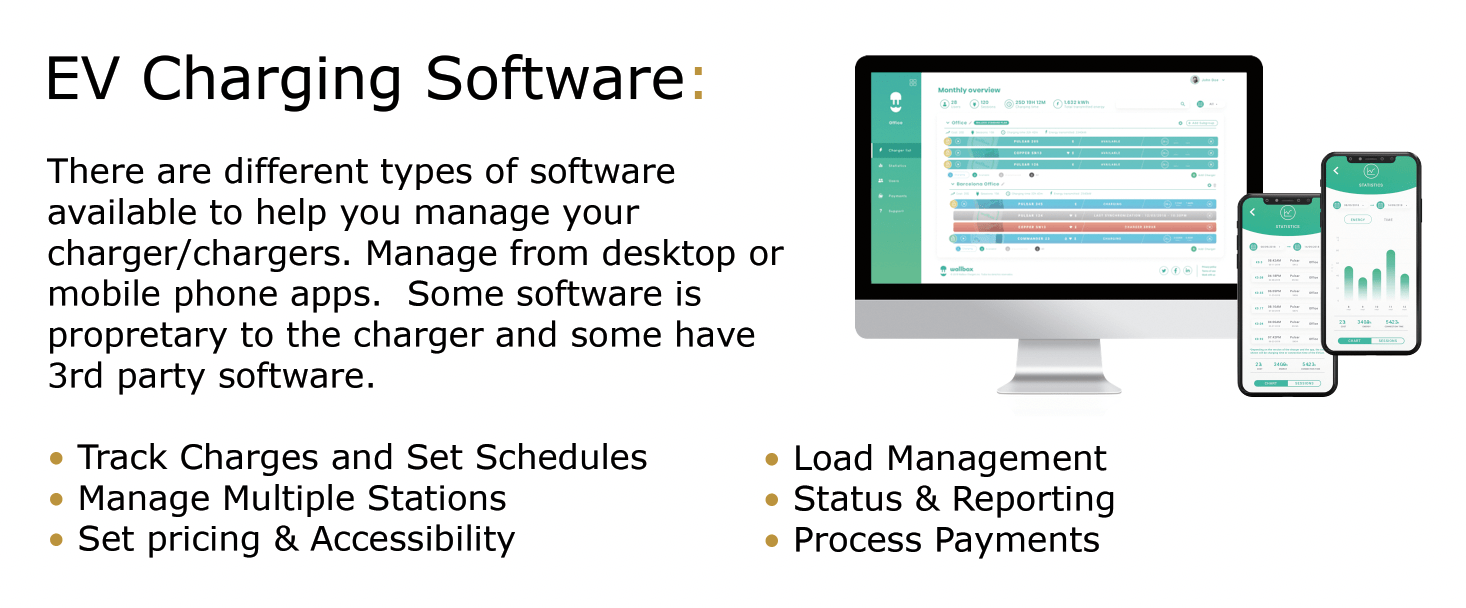
Please fill out as much information as you can and we will get a quote started and contact you with any questions.

- Do you need an option that is wall-mounted or pedestal/bollard mounted?
- Do you need single or dual ports?
- Do you know amperage limitations or kW requirements?
- Connectivity: Is there a trusted Wifi or is cellular needed?
- Are payment options needed on the EV Charger? RFID, Credit Card Terminal, QR code for App Access?
- What type of connector is needed? For dual connectors, multiple can be put on in any variation.
Level 1 Charging
The first EV charging level is the basic Level 1 charger. A Level 1 charger is simply charging from a standard 120V household outlet, which only provides about 4 to 5 miles of range per hour. Some people find that this is sufficient, as they do not drive very far every day, and can leave the car plugged in for many hours to replenish the energy used that day. Plug in hybrids have smaller battery packs than pure battery electric vehicles have and may be better candidates for Level 1 charging. It’s also worth noting that Level 1 charging is mostly restricted to North, Central & South America; Europe and much of the rest of the world uses a 220V electric supply for their plug-in electric vehicles.
Level 2 Charging
Level 2 chargers essentially take in a voltage supply over 200 volts, and will charge a typical EV at a rate between 12 to 60 miles of range per hour, depending on how much power the charger can supply, and how much power the EV can accept. In the US, most homes use 240 volts for appliances like a washing machine and dryer, which is simply putting two 120V circuits together, or and most commercial properties use 208V, three phase power.
Level 3 Charging, most commonly known as “DC Fast Charging”
DC fast charging uses direct current (DC), which is different than the alternating current (AC) that is available in homes and most commercial buildings, and there is a rich history on the “war of currents,” which dates back to the 1880s when Thomas Edison and Nikola Tesla were embroiled in a battle about what the standard power infrastructure should be in the US.
DC charging is available in a much higher voltage and can charge some plug-in electric vehicles with as high as 800 volts. This allows for very rapid charging. However, DC fast charge stations are expensive, and the current needed to use them isn’t always readily available, so they aren’t used in residential installations. Some EV plug-in vehicles to 80 percent in a charge time of 20-30 minutes.


